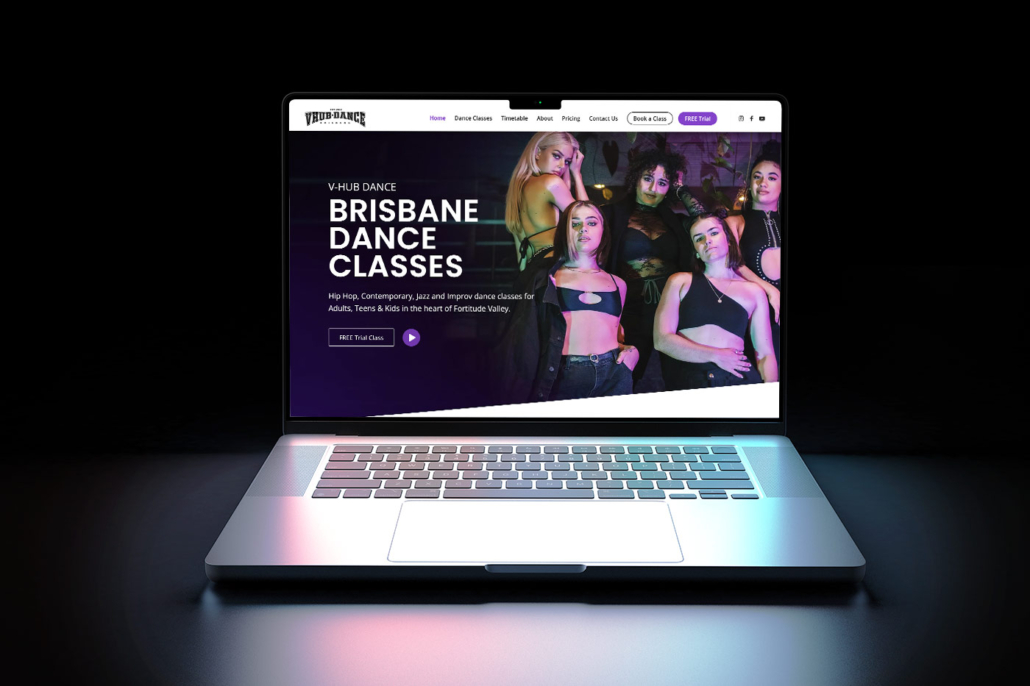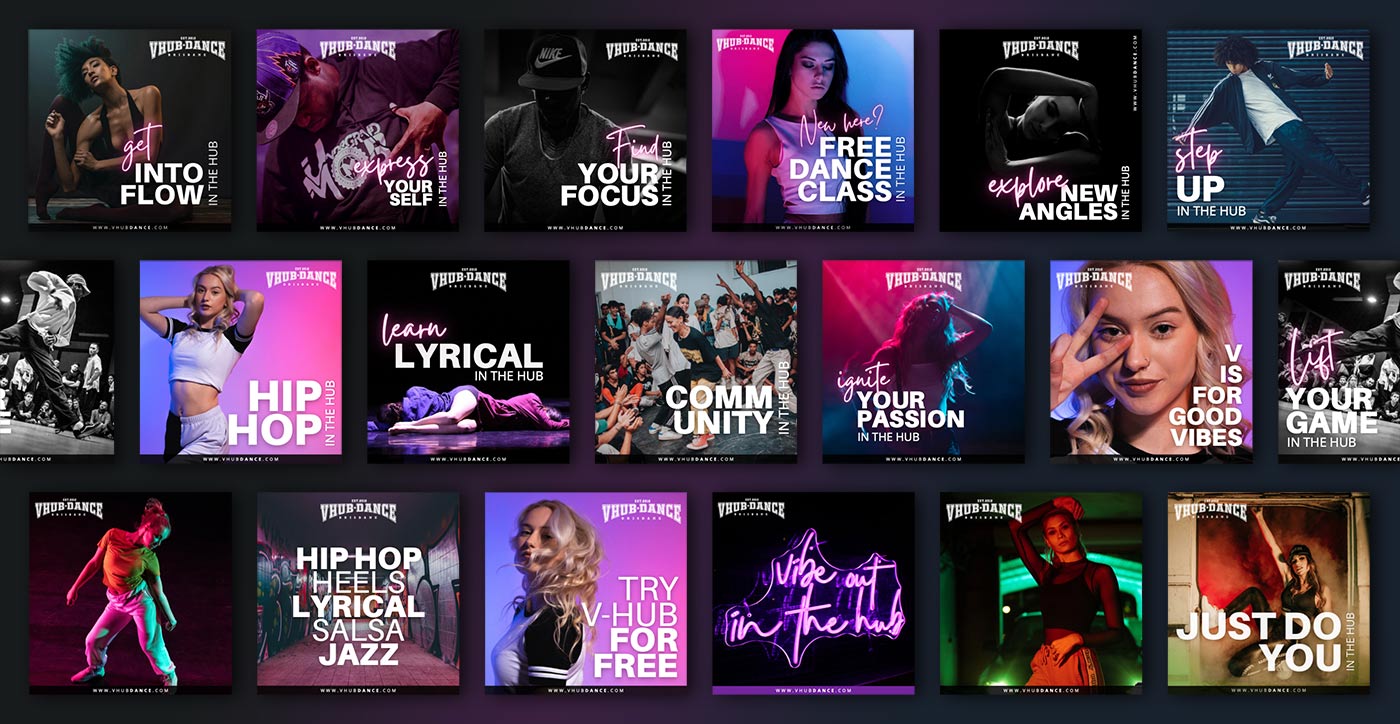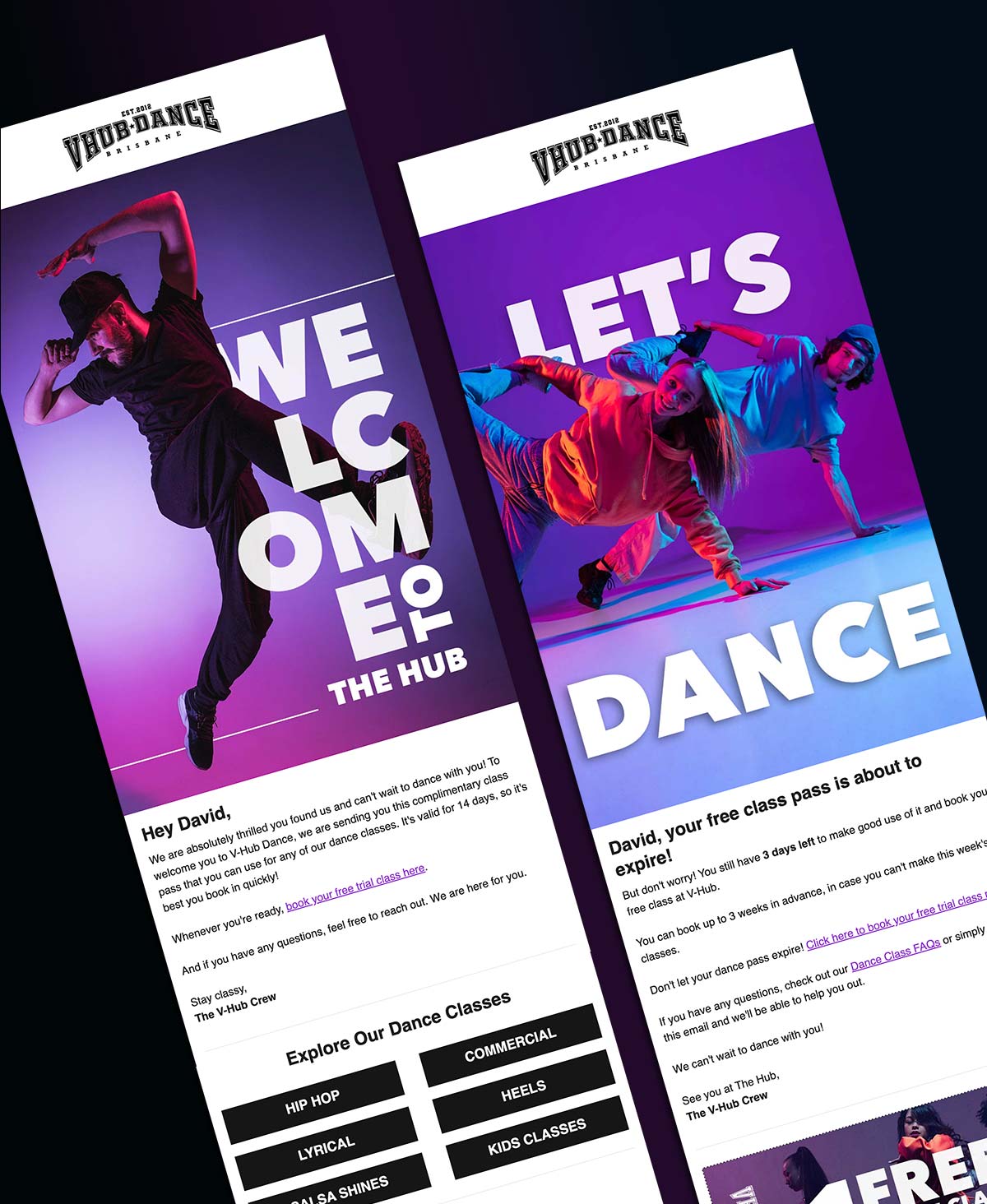Customer retention is not just a nice-to-have; it’s a critical aspect of sustainable success. In an increasingly competitive marketplace, where acquiring new customers can be costly and challenging, retaining your existing customers is a game-changer. So, let’s delve into the secrets of customer retention and discover practical strategies that will make your customers stick around for the long haul.
Understanding the Value of Customer Retention
Having worked with dozens of business owners across various industries, I understand the importance of customer loyalty and how it can transform your business. So, let’s embark on this journey of customer retention and discover strategies that are simple yet effective.
Nurturing Existing Customers: Your Business’s Hidden Goldmine
When it comes to growing your business, don’t overlook the goldmine that lies within your existing customer base. These loyal customers are more likely to make repeat purchases, refer others to your business, and become your brand advocates. By focusing on customer retention, you can tap into their immense value and boost your bottom line.
Measuring Success: Key Metrics for Customer Retention
To gauge the effectiveness of your customer retention efforts, it’s essential to track the right metrics. Keep an eye on customer churn rate, repeat purchase rate, and customer lifetime value. These metrics will provide valuable insights into the success of your strategies and guide your decision-making process.
Let’s use an example of a dance studio called “Twinkle Toes Dance Academy to explain each of these three metrics.”
Customer churn rate: Customer churn rate is the percentage of dance students who stop attending classes at your studio over a specific period of time. For example, if Twinkle Toes Dance Academy had 50 students at the beginning of the month, but by the end of the month, 10 of them did not continue their enrollment, the customer churn rate for that month would be 20%.
Repeat purchase rate: Repeat purchase rate is the percentage of students who continue taking dance classes at your studio for multiple sessions or terms. If Twinkle Toes Dance Academy had 100 students in a term, and 70 of them enrolled for the next term, the repeat purchase rate would be 70%.
Customer lifetime value: Customer lifetime value is the total value a dance student brings to your studio over the entire duration of their enrollment. Let’s say the average student at Twinkle Toes Dance Academy pays $100 per month and stays with the studio for 2 years. The customer lifetime value would be $100 x 12 months x 2 years = $2,400.
The goal is to increase our repeat purchase rate and customer lifetime value, while keeping the customer churn rate at a minimum.
Building Strong Relationships with Your Customers
The long-term success of a business is a reflection of the relationships it has with its customers.
Personalisation: Creating Memorable Experiences
Customers appreciate a personal touch. Take the time to understand their needs, preferences, and pain points. By segmenting your audience and tailoring your communication and offerings accordingly, you can create experiences that resonate with each customer on a personal level.
Going Above and Beyond: The Power of Exceptional Customer Service
Delivering exceptional customer service is a game-changer in customer retention. Train your team to provide prompt, empathetic, and proactive support. By exceeding expectations, you create a positive impression that lingers in the minds of your customers, fostering loyalty and trust.
Rewarding Loyalty and Encouraging Repeat Business
Loyalty Programs: Incentives that Delight
Implementing a well-designed loyalty program can keep your customers coming back for more. Offer rewards, exclusive discounts, and special perks to thank them for their loyalty. These incentives show appreciation and make customers feel valued, strengthening their connection with your brand.
Exclusive Treats: Making Customers Feel Like VIPs
Go the extra mile to make your loyal customers feel special. Offer exclusive offers, early access to new products, or personalised recommendations. By making them feel like VIPs, you create a sense of exclusivity and deepen their emotional connection to your brand.
Engaging Your Customers for Long-Term Success
Crafting Compelling Email Campaigns
Email marketing remains a powerful tool for customer engagement. Create engaging campaigns that provide value, such as personalised content, exclusive promotions, and helpful tips. Through regular communication, you’ll stay top of mind and foster ongoing relationships with your customers.
Building a Vibrant Social Media Presence
Social media offers endless opportunities for customer engagement. Cultivate a strong presence on platforms relevant to your audience and actively interact with them. Respond to comments, address concerns, and share valuable content. By building an online community, you foster authentic connections and strengthen customer relationships.
Listening and Adapting to Customer Feedback
Gathering Insights: The Power of Customer Feedback
Your customers hold valuable insights that can shape the future of your business. Encourage them to share feedback through surveys, reviews, and direct communication. These insights will provide guidance for improving your products, services, and customer experience.
Taking Action: Implementing Customer Feedback
Collecting feedback is only valuable if you take action based on the insights gained. Actively address concerns, make necessary improvements, and communicate these changes to your customers. By showing that you value their feedback and act upon it, you build trust and loyalty.
By implementing these strategies and nurturing strong relationships with your customers, you’ll unlock the true potential of your business. Remember, customer retention is not just about transactions; it’s about building lasting connections and creating loyal brand advocates. Embrace the power of customer retention, and watch your business thrive in the hands of satisfied and devoted customers.
Ready to take your business to the next level? Schedule a free growth strategy session with me today! Together, we’ll develop a tailored marketing strategy that suits your unique business needs and helps you achieve sustainable growth. Let’s embark on this journey of customer loyalty and unleash the full potential of your business.

 David Lee-Schneider Consulting
David Lee-Schneider Consulting FlySocial Digital
FlySocial Digital

 David Lee-Schneider Marketing
David Lee-Schneider Marketing